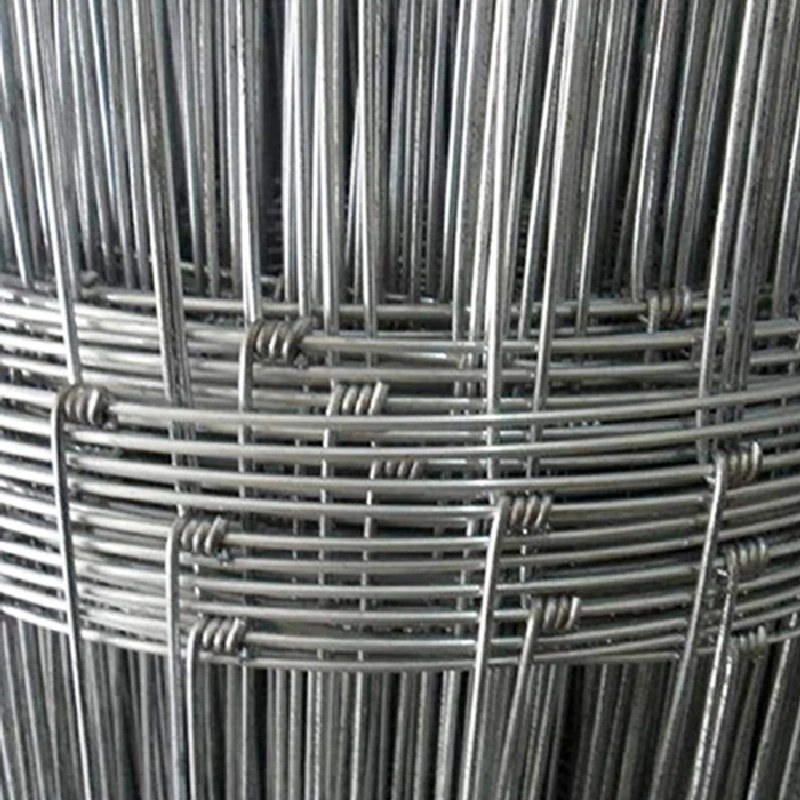Dec . 12, 2024 10:30 Back to list
installing barbed wire
Installing Barbed Wire A Comprehensive Guide
Barbed wire has long been a popular choice for fencing, particularly in agricultural settings, for security purposes, and for demarcating property lines. Its unique design not only serves as a physical barrier but also acts as a deterrent to intruders and livestock. This guide will walk you through the essential steps for installing barbed wire fencing effectively and safely, ensuring durability and efficiency.
Materials Needed
Before diving into the installation process, it’s important to gather the right materials
. Here is what you will need1. Barbed Wire Standard rolls come in various gauges and lengths. Choose the one that best suits your needs. 2. Fence Posts Use sturdy posts made of wood, steel, or concrete, depending on your preference and budget. 3. Insulators These are necessary if you're installing barbed wire alongside electric fences to prevent short-circuiting. 4. Fencing Staples Used to attach the barbed wire to the posts. 5. Wire Cutters Essential for trimming the wire to the desired length. 6. Knot Tying Tool Optional, but can make securing the wire much easier. 7. Post Level and Tape Measure For ensuring your posts are correctly aligned and spaced.
Step-by-Step Installation Process
1. Planning and Layout Start by planning your fence layout. Measure the area where you wish to install the fence. Mark the corners and any gate locations. This plan will give you a clearer idea of how many posts you will need and how long your barbed wire runs will be.
2. Setting the Fence Posts Place the fence posts at intervals of 10 to 12 feet apart. For added strength, opt for closer spacing if your area encounters high winds or other environmental challenges. Use a post hole digger to create holes approximately 2 to 3 feet deep. Insert the posts into the holes and ensure they are vertically aligned using a post level. Backfill with dirt or gravel to secure them firmly.
installing barbed wire

3. Attaching the Bottom Wire Start with the bottom strand of barbed wire. Tie one end to the first post and ensure it is taut. Use fencing staples to attach the wire to the posts. Depending on the height of your fence, you may want to install multiple strands, gradually increasing the height.
4. Tensioning the Wire Once the wire is attached to all posts, it’s crucial to tension it properly. This will prevent sagging and ensure the barbs will effectively deter intruders. A wire tensioning tool can be used for this purpose. Ensure each strand is tight before securing it at each post with a staple.
5. Adding Additional Strands If your design includes multiple strands of barbed wire, repeat the tensioning process for each strand. The general recommendation is to use three to four strands, depending on the security level you desire.
6. Finishing Touches Inspect your fence for any loose areas or potential points of escape. Ensure that each post is secure and that the wire is tightly fastened. You can add warning signs to inform others of the barbed wire’s presence, which is a common practice for safety reasons.
Maintenance Tips
Once your barbed wire fence is installed, it’s essential to maintain it for longevity. Regularly check for rusted or broken wire strands and replace them as necessary. Inspect the posts to ensure they remain sturdy and have not suffered any damage. Keeping vegetation away from the fence line can also prevent unnecessary wear and tear.
Conclusion
Installing barbed wire is a practical solution for fencing needs, offering security and boundary delineation. By following these steps, you will ensure that your installation is robust and effective. Proper planning and maintenance are key to enjoying the benefits of your barbed wire fence for years to come. Whether you're protecting crops, livestock, or property, a well-installed barbed wire fence can be a vital component of your security strategy. With the right materials and techniques, you can achieve a durable and functional fencing solution.
-
Reinforcing Mesh: Core Material of the Construction Industry
NewsJul.07,2025
-
Welded Wire Fabric Reinvented for Modern Projects
NewsJul.04,2025
-
Superiority of Stainless Steel Woven Mesh
NewsJul.04,2025
-
Key Types of Razor Wire and Their Applications
NewsJul.04,2025
-
Durable Metal Fence Types for Security
NewsJul.04,2025
-
Best Materials for Livestock Fence
NewsJul.04,2025
products.







